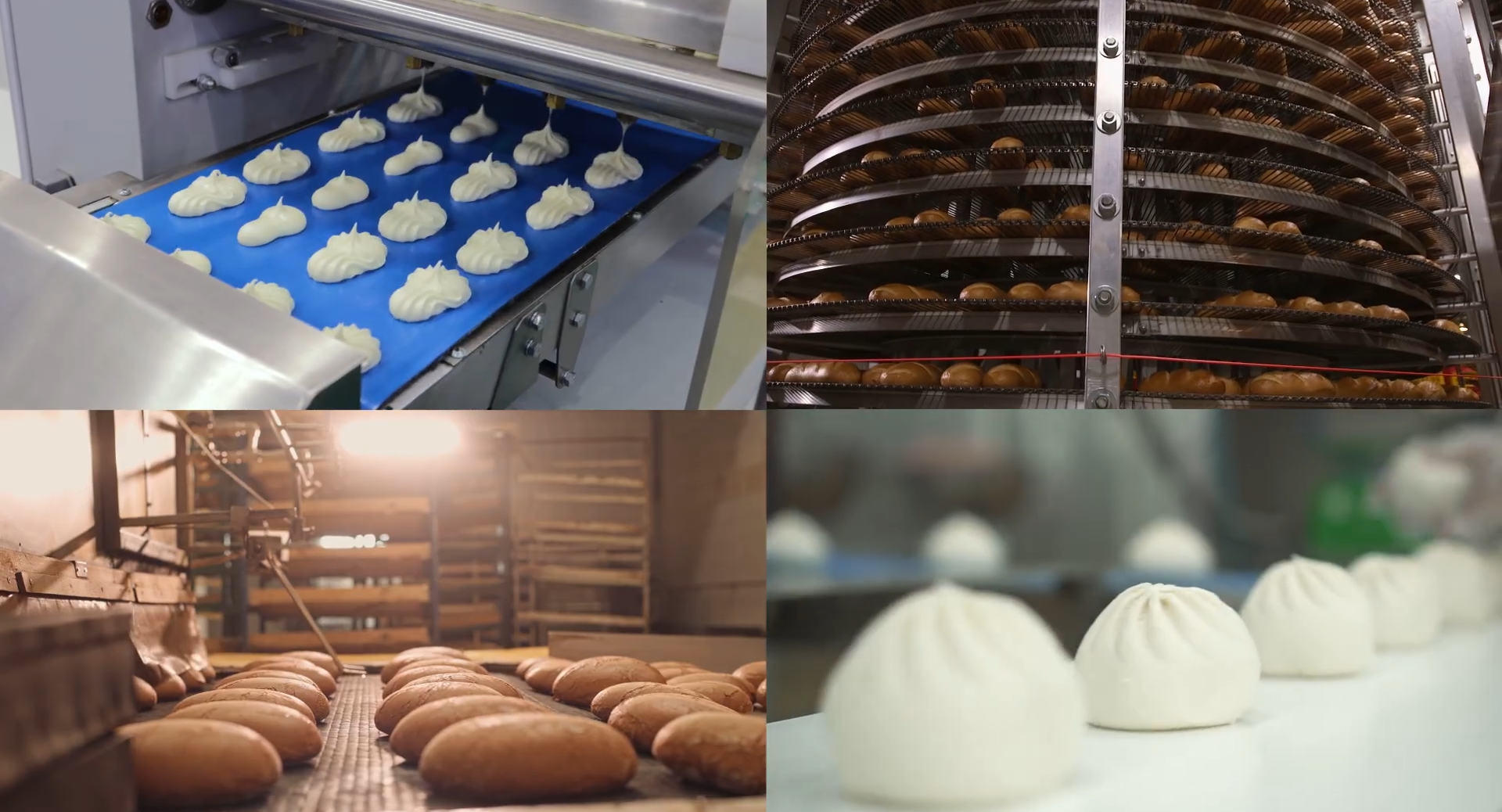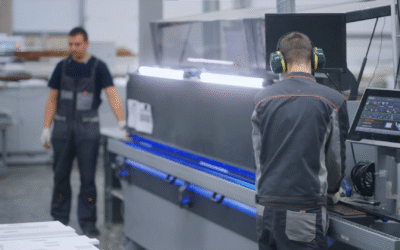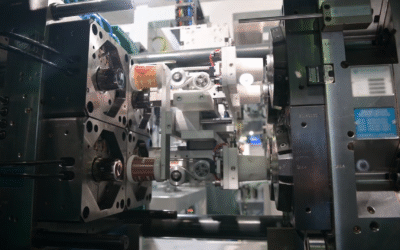Case Study: IoT Digital Twin in Food Manufacturing Industry—Enhance the Bakery Production Line Efficiency
Introduction
In the food manufacturing industry, especially in bakery production, maintaining consistent product quality, food safety, and production efficiency are top priorities. Traditional manufacturing faces challenges such as equipment downtime, variable ingredient quality, and regulatory compliance. By leveraging IoT Digital Twin in Food Manufacture can gain real-time insights, predictive analytics, and remote control capabilities to optimize their production processes.
This case study explores how IoT Digital Twin technology improved a bakery production line, focusing on dough preparation, baking, and packaging processes.
Challenges in Bakery Production
- Equipment breakdown causing production halts.
- Variations in dough consistency affecting final product quality.
- Energy inefficiencies in ovens and proofing chambers.
- Strict food safety and traceability requirements.
- Limited visibility into production line performance in real time.
Process of IoT Digital Twin in Food Manufacture (Bakery Production)
- Sensing (Data Collection)
IoT sensors were installed to collect data on temperature, humidity, dough weight, oven heat distribution, conveyor belt speed, and packaging machine status. These sensors formed the sensory backbone of the IoT Digital Twin in Food Manufacture, continuously monitoring critical parameters in real time.
- Transmission (Data Transfer)
Data collected from sensors was transmitted securely through industrial wireless networks to local edge devices. The edge devices filtered and forwarded the data to cloud servers, ensuring seamless and fast data transfer to support the digital twin environment.
- Data Processing (Edge or Cloud Computing)
Edge computing performed initial data validation and anomaly detection, while cloud computing enabled deeper analysis, such as batch quality prediction, oven energy optimization, and predictive maintenance scheduling.
- Data Storage
All production data, including sensor readings and process logs, was stored securely on cloud platforms, enabling long-term trend analysis, compliance audits, and AI model training within the IoT Digital Twin in Food Manufacture framework.
- Data Analysis (AI/ML Integration)
Machine learning models analyzed variations in dough consistency, baking times, and packaging speeds to predict quality issues or potential equipment failures. AI-driven optimization algorithms suggested process adjustments to maintain product uniformity and reduce energy use.
- Decision Making / Action Execution
The system automatically adjusted oven temperatures and conveyor speeds based on AI recommendations. Alerts were sent to operators if ingredient weights or machine parameters deviated beyond acceptable ranges, allowing immediate corrective actions.
- User Interface
Operators monitored the bakery line through interactive dashboards displaying real-time KPIs, equipment health, and quality metrics. The UI was designed for ease of use, enabling quick responses to alerts and streamlined production management.
- Digital Twin Interface (Remote Monitoring & Control)
The IoT Digital Twin in Food Manufacture mirrored the physical bakery production line, providing remote monitoring and simulation capabilities. Production managers could test process changes virtually before implementation, reducing downtime and quality risks.
Results and Impact
| Metric | Before Implementation | After Implementation |
| Equipment Downtime (hours/month) | 18 | 6 |
| Product Quality Defects (%) | 5.5 | 1.5 |
| Energy Consumption per Batch | 100 kWh | 85 kWh |
| First-Pass Quality Yield (%) | 87 | 95 |
| Inspection & Rework Time (hours/week) | 12 | 4 |
- Reduced unplanned downtime through predictive maintenance of ovens and mixers.
- Improved product quality consistency by monitoring and controlling dough parameters precisely.
- Energy savings through optimized oven operation based on real-time data.
- Accelerated quality inspections and reduced manual interventions.
- Enhanced traceability supporting food safety compliance.
Benefits of IoT Digital Twin in Food Manufacture
- Increased Equipment Reliability and Reduced Downtime
IoT sensors combined with digital twin simulations enable early detection of equipment wear or malfunction, reducing production interruptions. - Enhanced Product Quality and Consistency
Real-time monitoring and AI-driven process controls ensure uniform dough mixing and baking, resulting in consistent product output that meets stringent quality standards. - Energy Efficiency Improvements
By simulating baking processes and adjusting oven temperatures dynamically, manufacturers optimize energy usage, reducing operational costs and environmental impact. - Regulatory Compliance and Traceability
The IoT Digital Twin in Food Manufacture logs every production parameter and batch data, making it easier to comply with food safety regulations and conduct audits. - Improved Operational Agility and Innovation
Manufacturers can virtually test new recipes or process adjustments on the digital twin, enabling rapid innovation without risking production line disruptions. - Better Workforce Productivity
User-friendly dashboards and automated alerts reduce human error and improve decision-making speed, increasing overall plant productivity.
Conclusion
The integration of IoT Digital Twin in Food Manufacture in bakery production delivers a transformative impact, enabling smarter, safer, and more efficient manufacturing. Through comprehensive sensing, real-time data transmission, AI-powered analytics, and virtual process simulation, manufacturers achieved enhanced product quality, reduced downtime, and significant energy savings. For more content, visit EFFE Technology.




